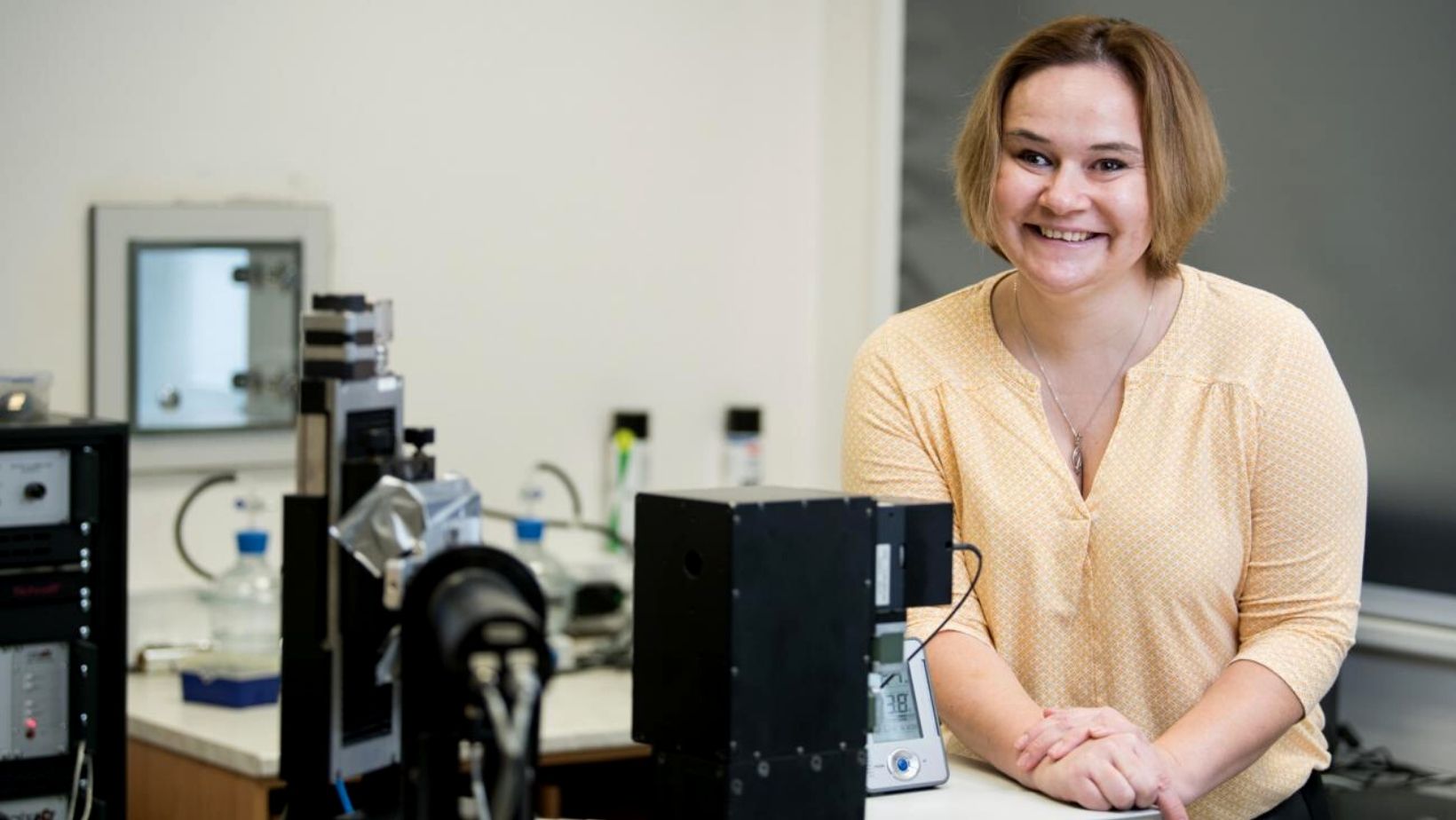Czech researchers have developed a biochip that is as fast as an antigen test and reliable as a PCR.
A team of Czech scientists from the Institute of Physics led by Hana Lísalová has achieved the most crucial milestone in the development of a unique system for the detection of the SARS-CoV-2 virus causing COVID-19.
Biosensor research, which the system is based on, confirmed their sensitivity and reliability and opened new options for further development in this area.
The method is a result of the collaboration of the physicist with teams from the Biological Centre of the Czech Academy of Sciences and the University of South Bohemia in České Budějovice. The outcomes have now been published by the ACS Applied Materials and Interfaces journal.
“The results of our current research were preceded by years’ long work on the development of biochips intended for detection of other pathogens such as the ones causing hepatitis or E. coli. After the outbreak of the COVID-19 pandemic, we came up with an idea to use it to detect the SARS-CoV-2 virus,” says Hana Lísalová, the leader of the research team from the Institute of Physics of the Czech Academy of Sciences.
The basic research has now been completed and the functionality and reliability of the developed solution has been verified.
Virologists from the Biology Centre of the Czech Academy of Sciences and the Faculty of Science of the University of South Bohemia, who participated in the development and optimization of the biochip, prepared and tested samples containing infectious virus particles, helped to optimize detection and sensor sensitivity and checked results using standard SARS-CoV-2 coronavirus detection methods.
Unique technology: polymer, antibodies, and N-protein
The breakthrough technology combines physical, chemical, and biological principles. The system works on the basis of a functional biochip, on which a thin layer of polymer is applied.
Antibodies that specifically capture the SARS-CoV-2 virus are then bound to it. As a result of this special, so-called anti-fouling property, the other particles on the biochip are not caught and are washed away.
The respective antibodies bound to an anti-fouling brush respond to a viral N-protein that is more stable and does not undergo mutations to the same extent as the S-protein.
The advantage of the method is therefore also its reliability, which does not need to be affected by various mutations. The method benefits from the absence of sample modification, where the detected N protein forms complexes with viral RNA, so the signal is naturally amplified.
This method is thus also significantly faster compared to conventional PCR tests, in which it is necessary to first isolate viral RNA.
-
NEWSLETTER
Subscribe for our daily news










